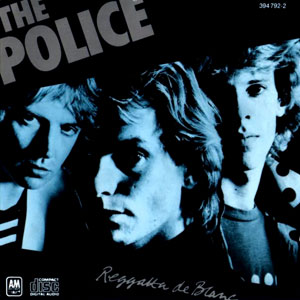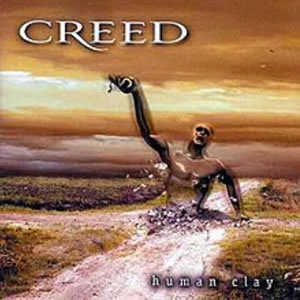Reggatta de Blanc by The Police
Buy Reggatta de Blanc Driven by the strength of two UK number one singles, Reggatta de Blanc helped launch The Police into the commercial stratosphere. Building on the strength of their 1978 debut, […]

Buy Reggatta de Blanc Driven by the strength of two UK number one singles, Reggatta de Blanc helped launch The Police into the commercial stratosphere. Building on the strength of their 1978 debut, […]

Buy Human Clay Human Clay is the 1999 second album by Creed, which built on the momentum of their fine 1997 debut to reach their climax of popularity. This #1 album was an […]